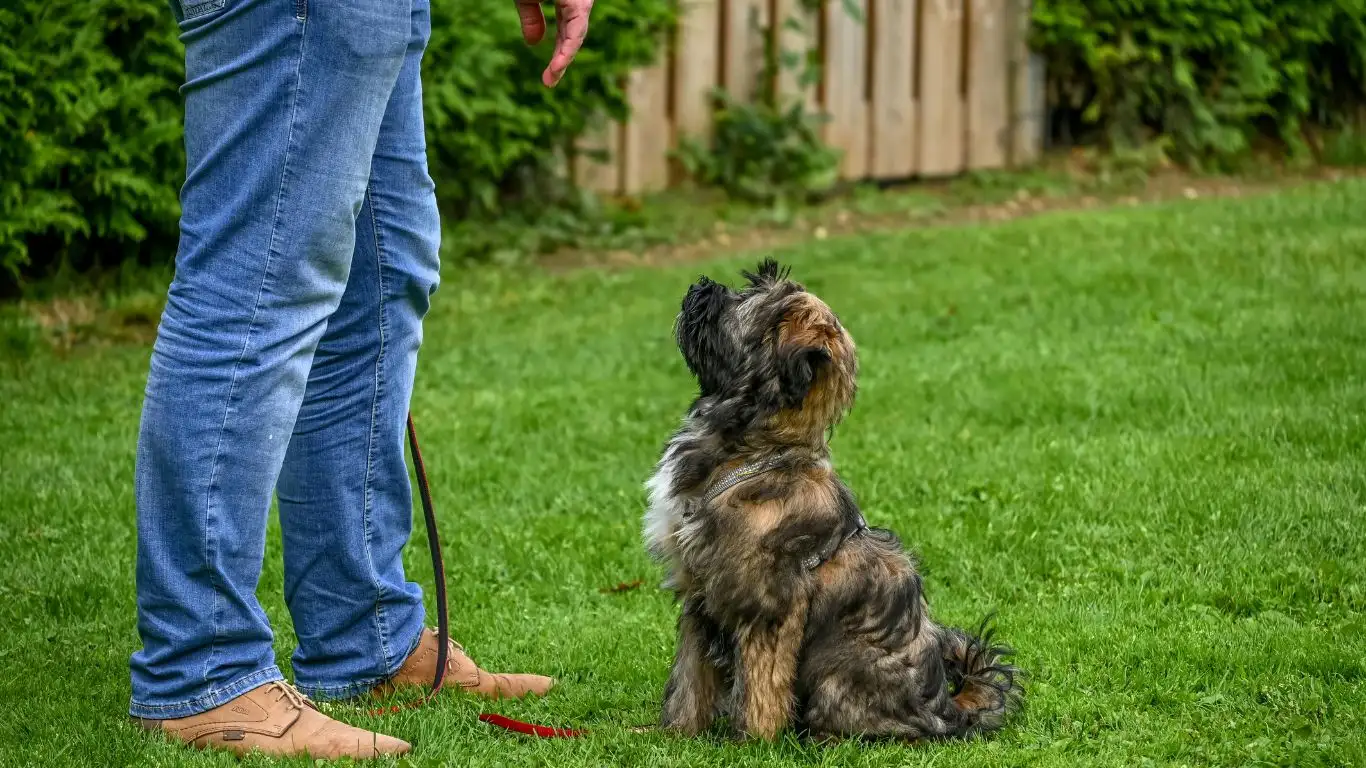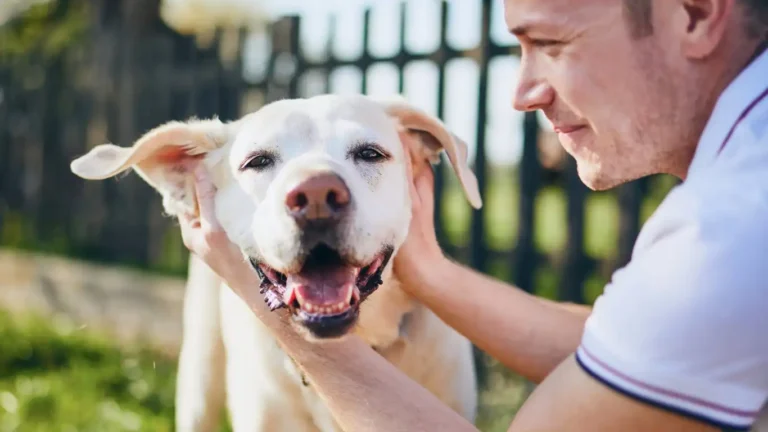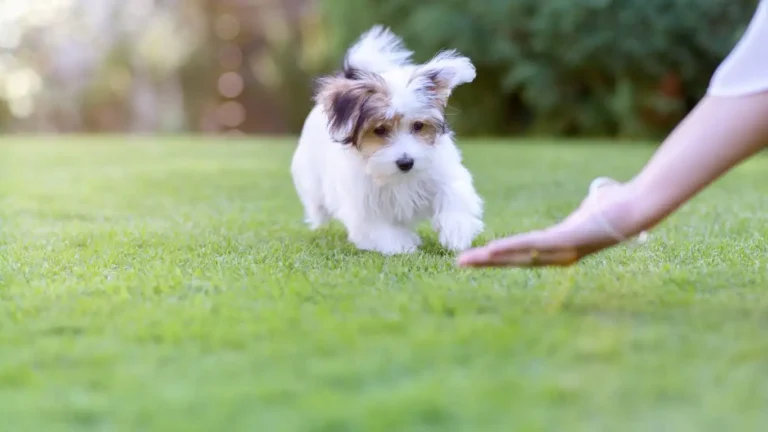Teach Your Dog to Wait Calmly While You Open the Gate
Teaching a dog to wait calmly at a gate isn’t just about obedience—it’s a matter of safety. Gates often lead to roads, unfamiliar areas, or other animals. Without control, a curious or anxious dog may bolt, increasing the risk of injury or conflict.
With patience and consistency, dogs of all ages can learn to pause and stay calm while a gate opens. This small routine creates a bigger sense of security—for the dog and the handler. Understanding what fuels your dog’s impulse and how to gently reshape it makes all the difference.
Why It Matters
Dogs live in the moment. When they see a gate open, especially if they associate it with freedom or excitement, their instincts can override training. Teaching a reliable wait builds impulse control, confidence, and trust.
This kind of training also improves communication. A dog who understands when to wait will often respond better in other situations requiring calm focus, such as meeting new dogs or visiting the vet.
Signs and Symptoms of Impulse Control Issues
If a dog struggles to wait at a gate, it may show some of the following behaviors:
- Darting toward the opening before it’s fully open
- Whining, barking, or pacing near the gate
- Jumping or scratching at the gate in anticipation
- Ignoring verbal cues like “wait” or “stay”
- Overexcitement when a gate is approached
These signs don’t mean a dog is disobedient. Often, it’s simply a sign that they haven’t been taught what to expect—or they’re unsure what’s being asked of them.
Causes Behind the Behavior
Several factors can affect a dog’s ability to wait at a gate. Understanding the cause can help shape the right approach to training.
- Breed tendencies: Herding and working breeds often have higher drive and energy, making them more impulsive in stimulating environments.
- Lack of previous training: If a dog hasn’t been shown what “waiting” means, it won’t know to do it.
- Anxiety: Some dogs feel nervous when separated from their person, especially when a gate suggests distance or confinement.
- Past trauma: Dogs from shelters or uncertain backgrounds may have developed habits of bolting or fleeing when doors or gates open.
- Inconsistent cues: If different people give different commands or timing, it can confuse the dog about what behavior is expected.
When to Get Help
If your dog consistently shows stress, fear, or frustration during gate training, or if they’ve already escaped once or more, it’s wise to consult a professional trainer.
Signs you might need guidance include:
- Persistent escape attempts even after consistent training
- Overwhelming anxiety or shutdown behavior near gates
- A history of aggression linked to barrier frustration
- Inability to hold even a brief “wait” in calm settings
Professional trainers—especially those using positive reinforcement—can offer techniques tailored to your dog’s temperament and learning style.
How to Train a Dog to Wait at a Gate
This process is about small steps, repeated gently and consistently. Some dogs learn it in a day. Others may need a few weeks. Both outcomes are normal.
Step-by-Step Process
- Choose the right time: Begin when your dog is calm—not just before a walk or mealtime. A low-energy state helps them absorb new lessons.
- Use a leash for safety: Keep your dog leashed during the early stages. This prevents accidents while offering gentle control.
- Ask for a sit: Bring your dog to the gate and cue a “sit.” Don’t open the gate until they’re sitting and focused on you.
- Introduce the word “wait”: Say “wait” in a calm, clear voice as you slowly begin to open the gate just an inch. If the dog moves, gently close the gate and start again.
- Reward pauses: If the dog stays put—even for a second—mark it with “yes” or a clicker and offer a small treat. Repeat this until the dog remains seated through a wider gate opening.
- Build duration: Gradually increase how long the gate stays open before giving a release cue like “okay” or “through.” The goal is a calm wait, not a frozen statue.
- Practice in both directions: Dogs sometimes only associate the behavior with going out, so practice entering and exiting the gate area.
Training works best when sessions are short—5 to 10 minutes—and end on a success. Frustration, for either party, stalls progress.
Common Setbacks and How to Handle Them
Progress is rarely a straight line. Dogs may regress, especially during times of stress or excitement. If that happens, go back to a simpler step and work forward again.
- Dog breaks the wait: Calmly close the gate and reset. Avoid scolding. The correction is in the action—not emotion.
- Dog loses interest: Use higher-value treats or add brief play breaks to keep things engaging.
- Multiple dogs: Train individually first. Group dynamics often distract or confuse until each dog understands the routine.
Consistency from all household members is key. If some allow rushing through gates and others don’t, the mixed signals will erode the training.
Treatment for Fear-Based Behavior
If your dog associates gates with fear—due to past punishment, confinement, or trauma—you may need to combine training with desensitization.
- Pair the gate with positive experiences: Let the dog sniff and approach the gate when it’s closed, rewarding calm behavior.
- Open the gate without requiring passage: Sometimes just hearing the click or seeing it move is enough to cause stress. Use these moments for calm reinforcement.
- Respect emotional thresholds: If your dog trembles, pulls back, or shuts down, end the session gently. Forcing exposure can worsen the fear.
In some cases, working with a behaviorist may be more helpful than traditional training. These specialists address emotional responses, not just surface behaviors.
Long-Term Benefits of Gate Training
A dog that can wait at a gate is safer and more predictable in daily life. This skill often carries over into other forms of self-control: calmly waiting for meals, staying at the door, or settling during vet visits.
Owners, too, tend to grow more confident. Knowing your dog won’t bolt or panic at a threshold builds a deeper trust and allows for more freedom in walks and outings.
Over time, the gate becomes just another part of the routine—no more dramatic dashes or tugging leashes. Just quiet cooperation, built over moments of mutual understanding.
Final Thoughts
Training a dog to wait at a gate is a gift that pays off in peace of mind and stronger connection. Whether your dog is young and energetic or older and set in its ways, the ability to pause and focus can always be taught with patience.
Every dog learns at its own pace. What matters most is your willingness to guide, repeat, and stay present. And if things don’t go as planned, there’s no harm in reaching out for expert help. A trained professional can offer clarity and tools that respect your dog’s individual nature.
Above all, remember: you and your dog are a team. And every step—no matter how small—toward calm, safe behavior at the gate is a step toward deeper understanding.






